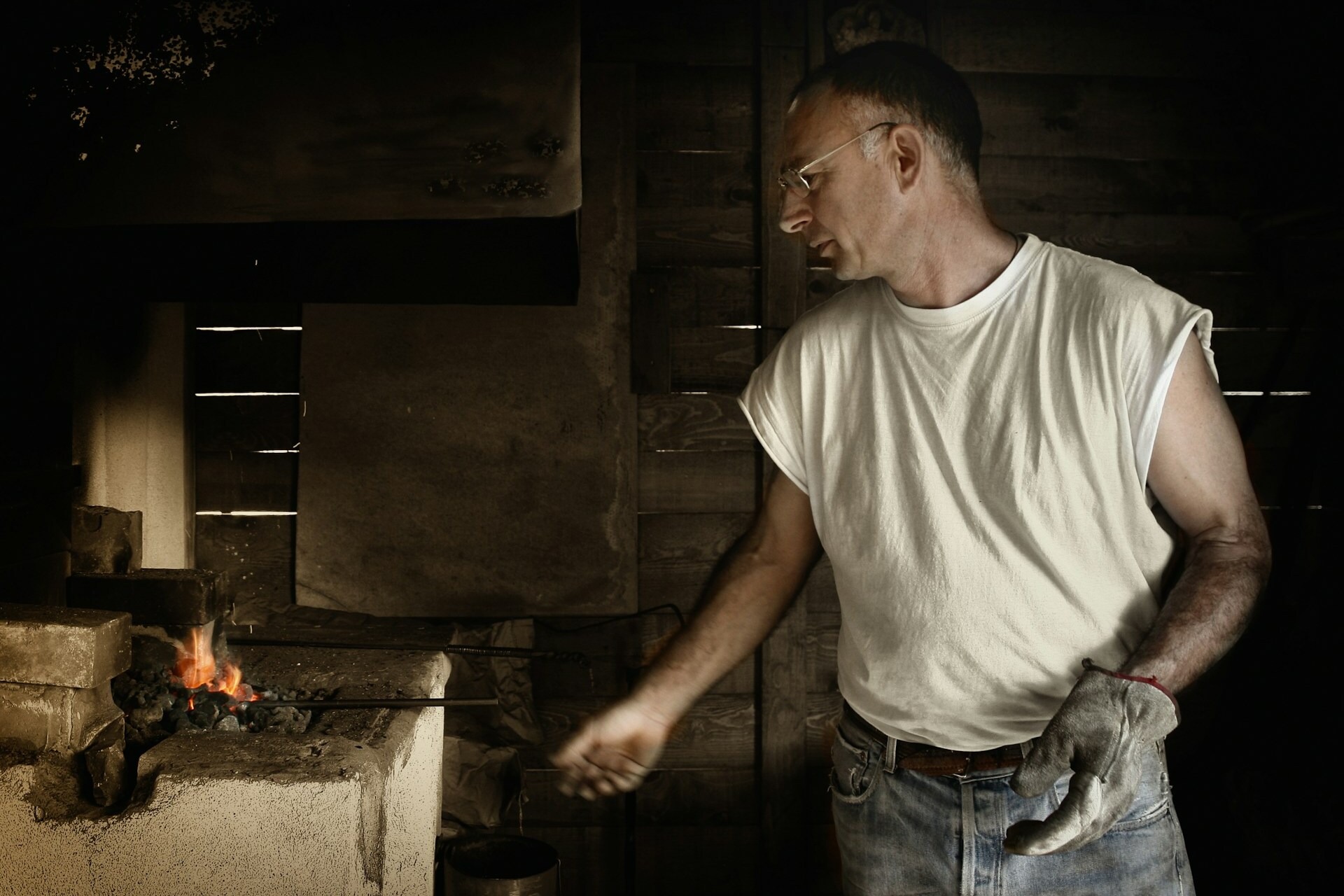The Unique Flavors of Homemade Horchata Across the Globe
Oct 17, 2022

As an Amazon Associate, Modded gets commissions for purchases made through links in this post.

You’ve probably heard of the sweet cinnamon flavors of horchata, especially as we begin our journey into the autumnal months. Mexican horchata is the most famous variety of this plant-based drink, but its origins span hundreds of years in Central America, Spain, and North Africa. Celebrate unique cultural cuisine with the creamy, luxurious flavors of homemade horchatas across the globe.
Horchata: The Drink of One Thousand Names
Horchata is a plant-based milk. That’s right—nut milk has been around since the Roman Empire. Even better, the taste is slightly different everywhere you go, with regions adding their own special spices or garnishes. However, the main characteristics of horchata are generally the same:
- Milk-like, often creamy drink
- Poured over ice
- Nutty flavor
- Created from strained nuts, seeds, rice or herbs
Our journey begins with North African Kunnu Aya. By rinsing and straining tiger nuts, the mixture resembles a creamy and milky texture.
In Valencia, Spaniards add cinnamon and sugar and claim the drink as Horchata de Chufa (after the chufa tubers used).
In Latin America, different regions create their own unique cultural spices and preparation for their version of horchata. Horchata de Arroz references a rice preparation method that is popular in Mexico.
Exploring Horchata Specialties Across the World
One of the benefits of trying homemade horchata is the ability to try different recipes and compare. Recipes are usually uniform except for spices or small secret ingredients, but horchata changes vastly from culture to culture, with everything from coconut milk to mint flavors.
1. Nigerian Kunnu Aya
Northern African traditions in Nigeria and Mali created the nut-milk base of horchata, though under a different name: Kunnu Aya. To make a Nigerian rendition of tiger nut “horchata,” you need 2 ingredients: tiger nuts and water.
Like many plant-based milks, the process involves rinsing, crushing, blending and straining the tiger nuts with water. One important distinction here is the immersion of dates in the blending process.
The ultimate result is a rich, slightly bitter flavor floating atop the ice.
2. Spanish Horchata de Chufa
When adopted by the Spanish, horchata spices change to a sweet sugar, lemon, and cinnamon blend. However, Spanish homemade horchata will still need tiger nuts to achieve the nutty, slightly bitter taste.
Making homemade Spanish Horchata de Chufa may require a trip to speciality or international grocery stores to find tiger nuts and cinnamon sticks, but the union of unique flavors is definitely worth the trip.
3. Mexican Horchata de Arroz
Mexican horchata is the most well-known version in Western culture, but it is also much different from the European and African versions. Like other Central American versions, Mexican homemade horchata will utilize other ingredients rather than the non-native tiger nuts.
Mexican horchata creates rice milk in its straining process and adds condensed milk for a richly sweet and creamy texture. Vanilla, almonds, cinnamon, and sometimes coconut milk add additional flavor.
Making Mexican horchata means warm, inviting sips with a sweet aftertaste.
4. Ecuadorian Horchata Lojana
Many central American cultures use toasted seeds or nuts to create their unique version of this drink, but Ecuador is truly a standout in this lineup.
Instead of the warm, saccharine flavors of the Mexican version or the bitter nutty tastes of the African Tigermilk, Ecuadorian homemade horchata has strong floral notes and ingredients like mint, carnation, aloe, lemon and rose.
With such a variety of herbs, try to find a prepackaged mix from an Ecuadorian supplier and boil it in water (similar to tea preparation). In a matter of minutes, the bright explosion of a unique horchata will be steaming in your mug or poured over ice.
Your Horchata Journey and Flavor Profile
Because there are so many varieties to explore, you can take the time to make each version and discover which flavor profile best suits you. Perhaps a thick, milkshake-like drink is your jam, or a colorful herbal taste sounds the most appealing.
Homemade horchata can also be paired with coffee or espresso in a blend titled “Dirty Horchata.” Rum is also a popular choice when making an alcoholic version.
Consider what foods will be the most appealing as well. Some cultures marry hot, spicy dishes with horchata’s cooling textures, while others craft decadent pastries for a dessert-style treat.
Whichever direction you choose, homemade horchata offers a wealth of cultural knowledge, flavor and fun as you explore the intricacies of taste.





